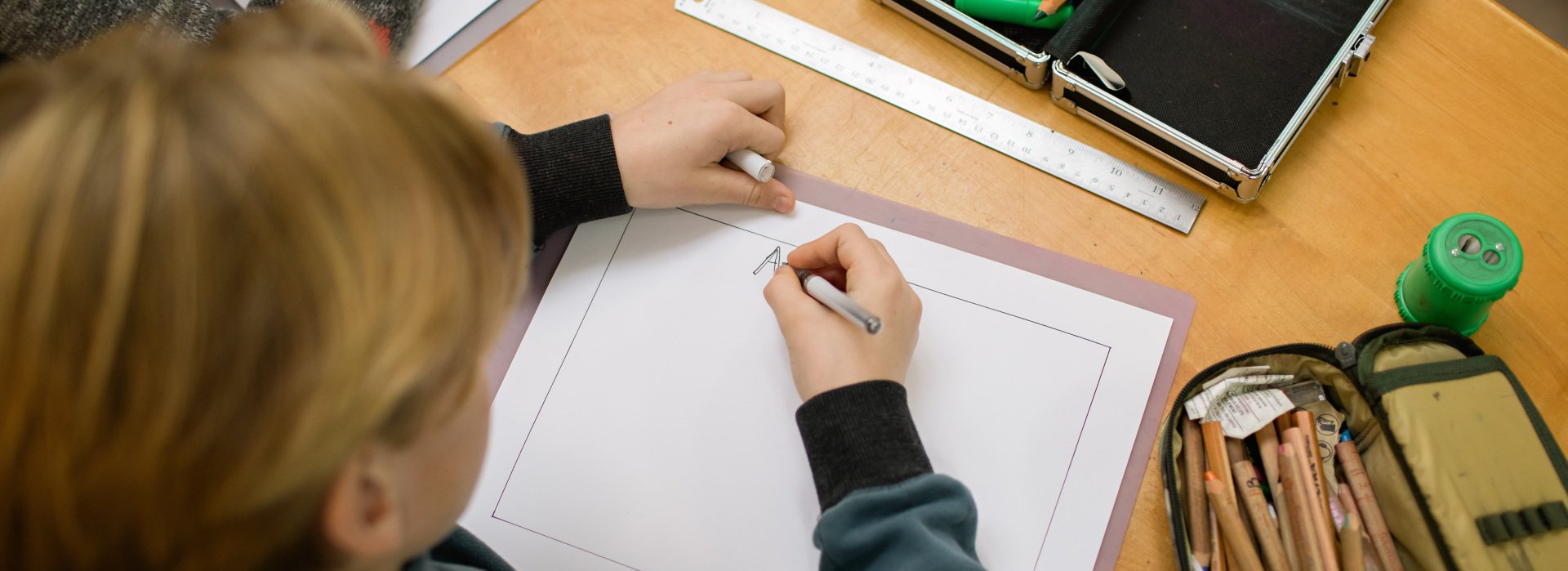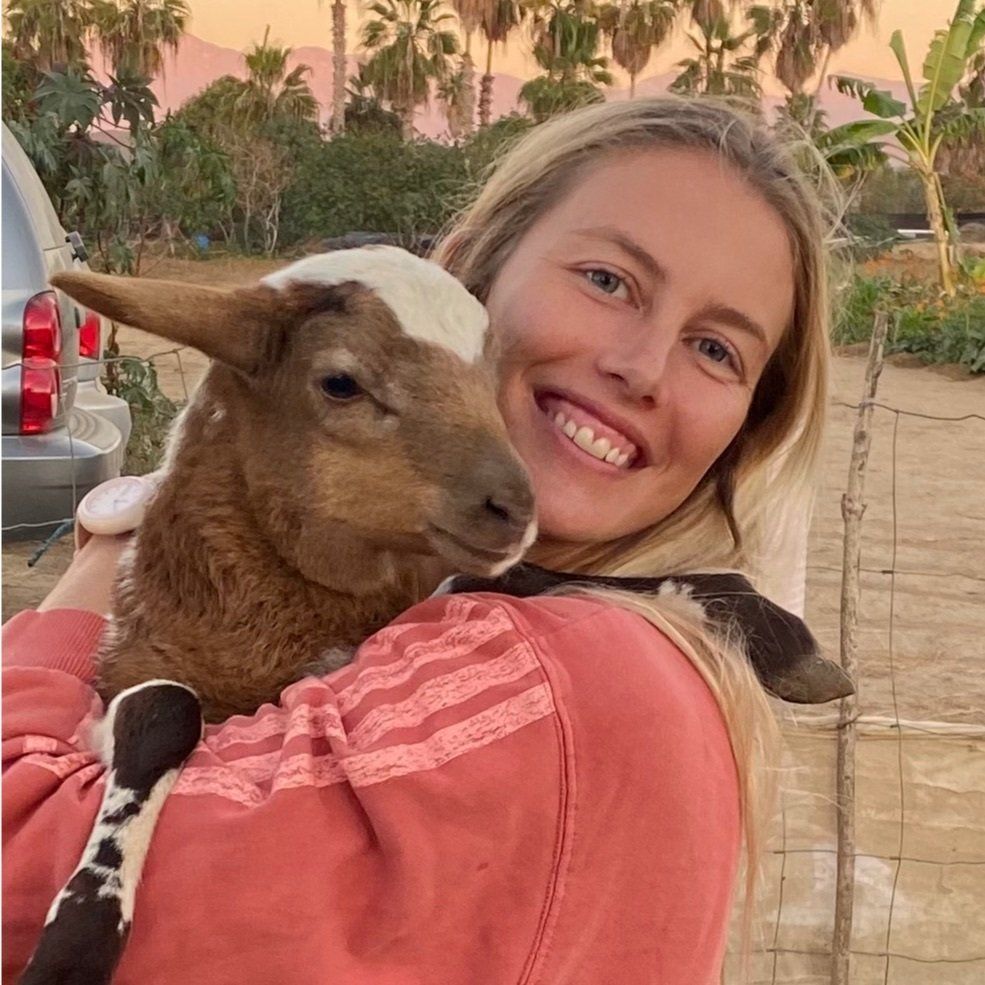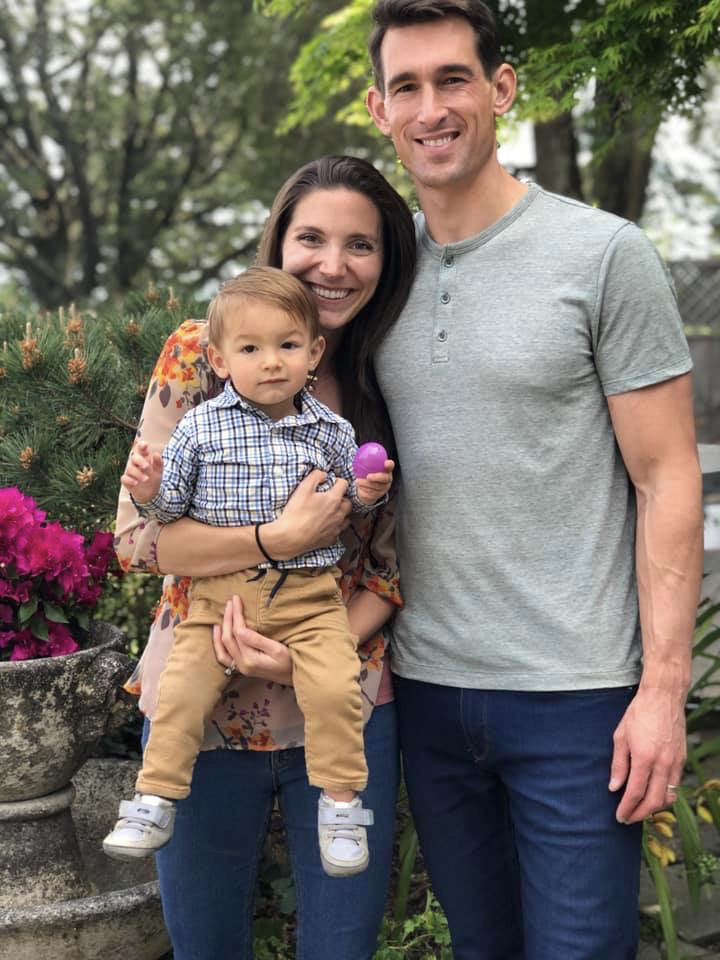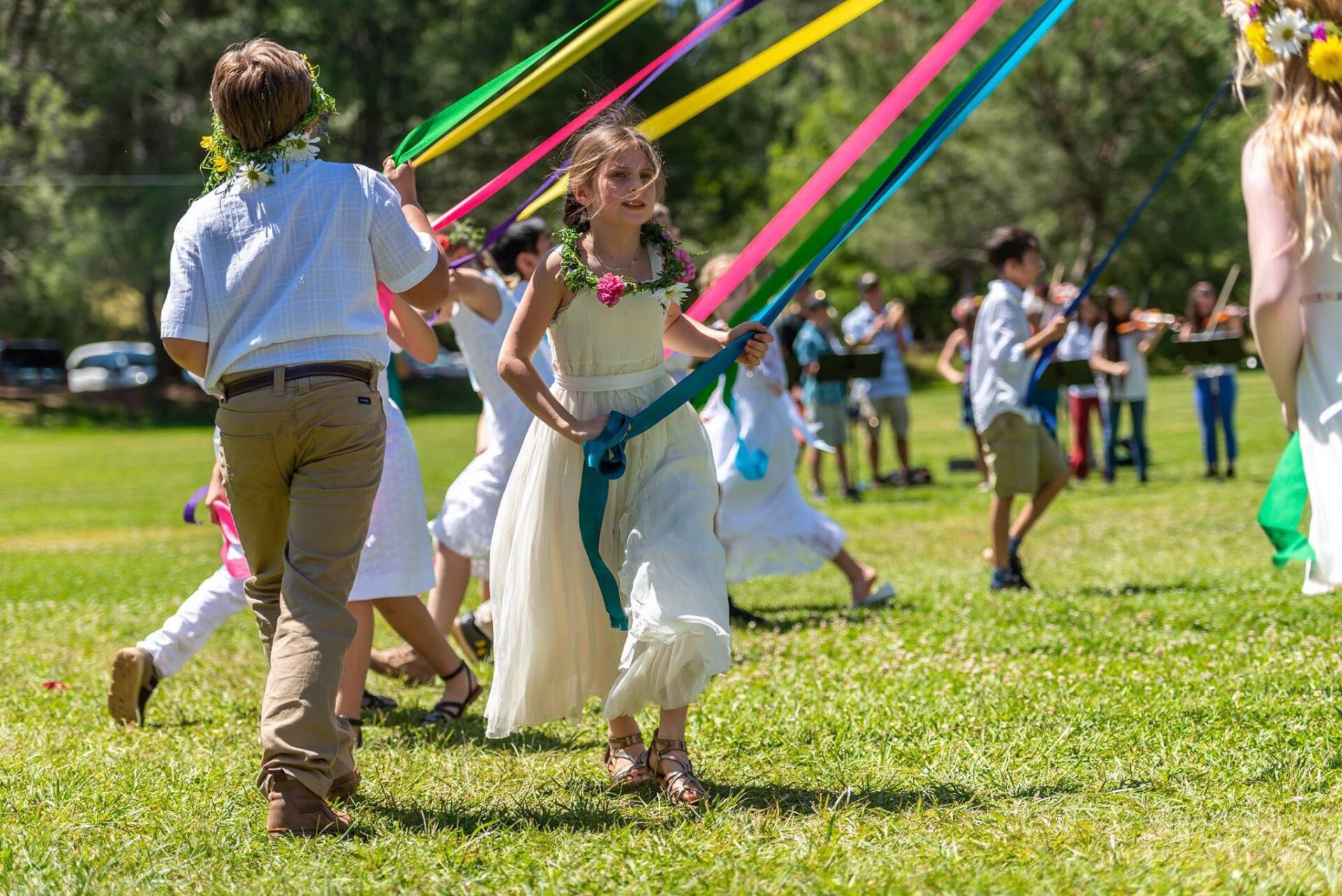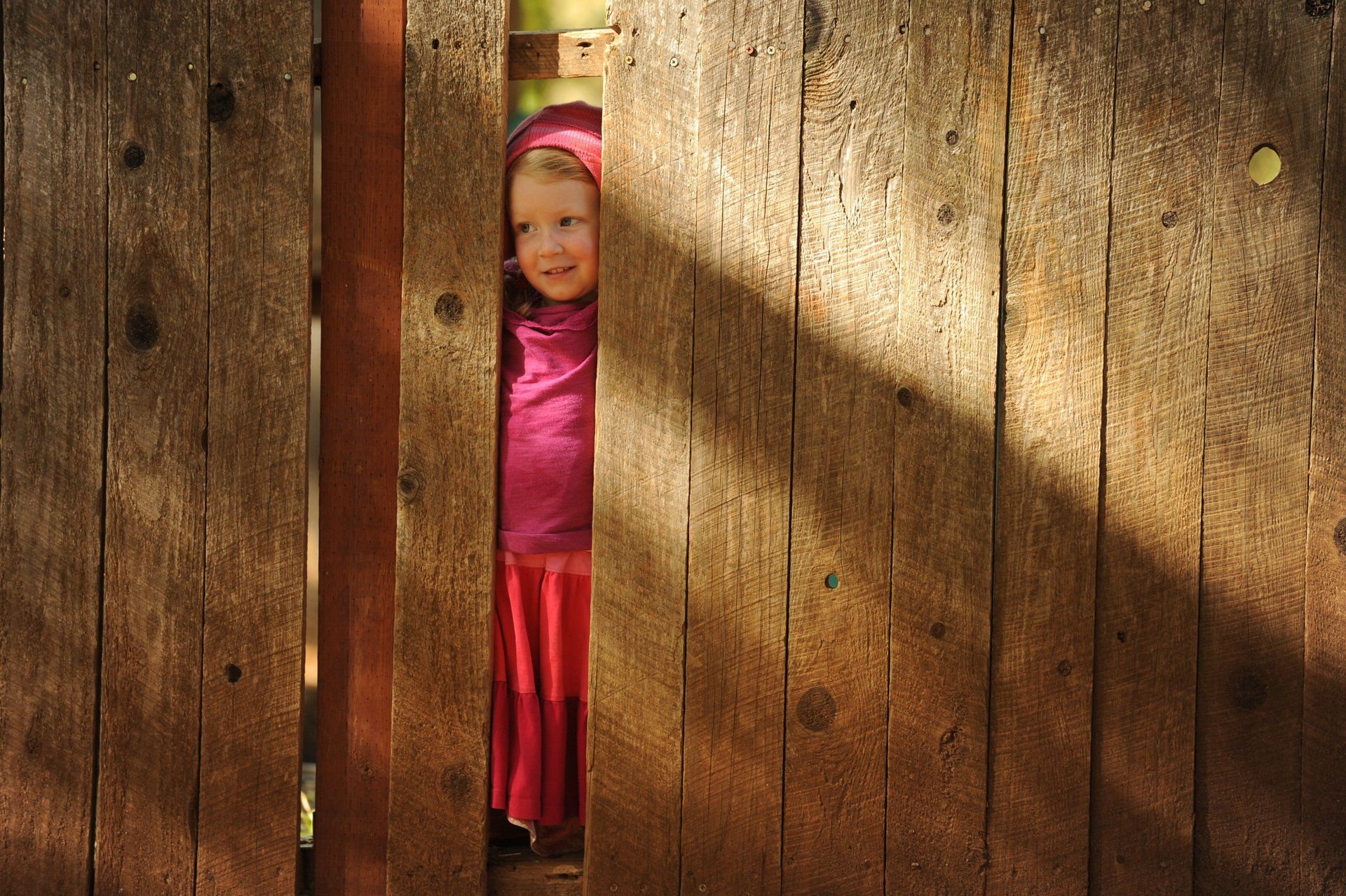Learn more about the Waldorf 1st grade after Kindergarten.
The Transition from Kindergarten to 1st Grade
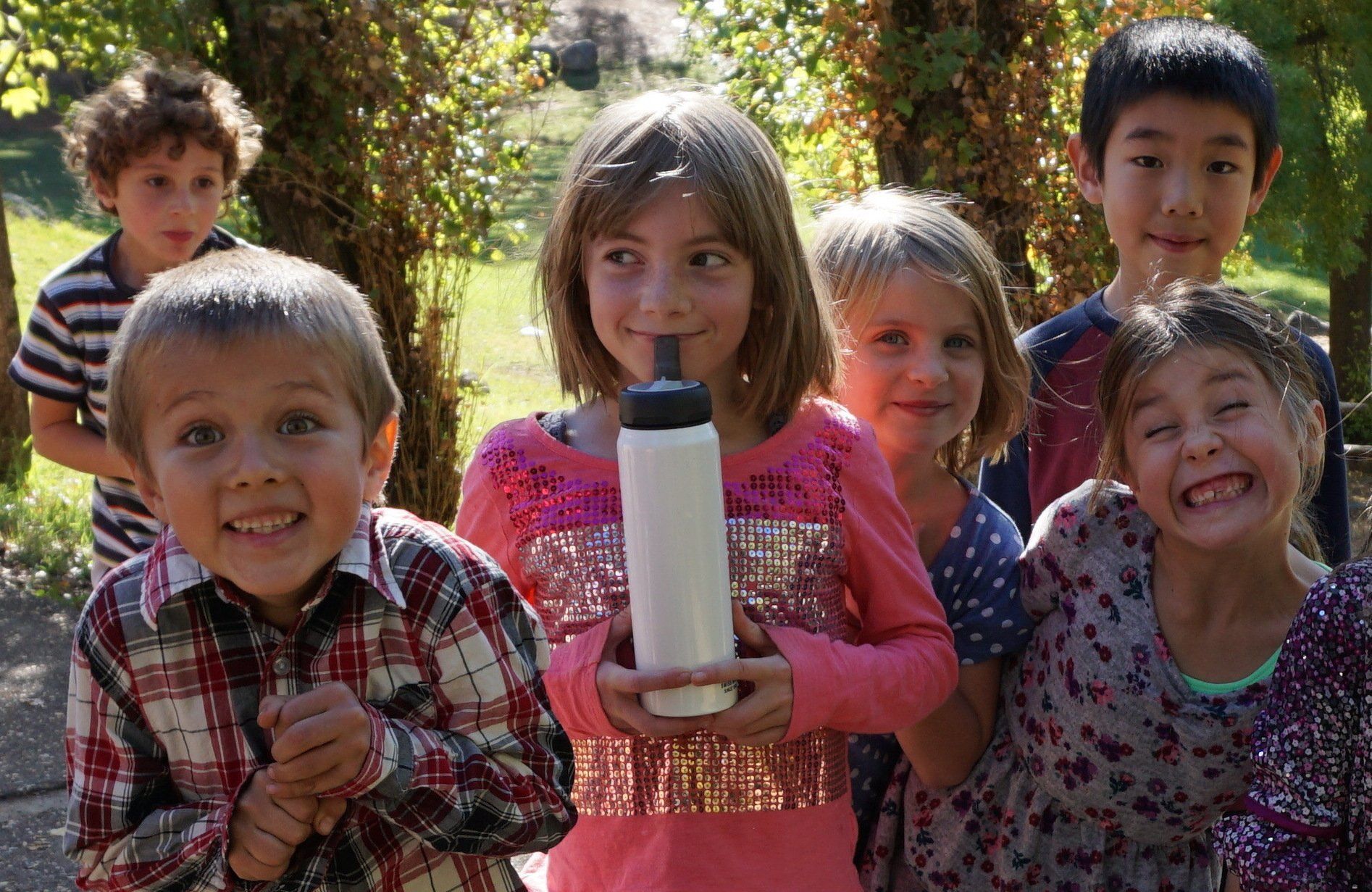
In Part One, we looked at the wonderful world of the Waldorf kindergarten and the exceptional beings that Waldorf kindergarten teachers are. Being in this warm and cozy world, guided by the wise and loving presence of the Waldorf kindergarten teacher can make the kindergartener--and perhaps even more--and the kindergarten parents a bit wary about "flying up" to first grade.
In Part Two, we resisted the urge to go straight to first grade, but instead focused on that process of "grief". Whether we feel it strongly or subtly, it is an emotion that is often part of leaving something behind or going through a change that takes us from something we have loved/enjoyed/ appreciated and moves us toward something less familiar. I encouraged everyone to feel and express the emotions related to the process, and to do so to the extent that is natural and authentic. This frees us, to some extent, to be more open to the next phase. In this case, that is the first step of the Waldorf grades journey, first grade.
Like the Waldorf kindergarten classroom, the Waldorf first grade classroom will also have items made of natural materials such as wool, wood, silk, and beeswax. There will be beautiful colors. Items will be arranged to create a sense of aesthetic ease. In some ways it resembles the kindergarten. However, there are distinct differences. There are desks. There is a chalkboard. Clearly, the furniture tells us that we have crossed into a different world. As we can recall, Rudolf Steiner urged the Waldorf teachers to be familiar with child development in order to create--and re create--the curriculum and to adapt the pedagogy as needed. So what do the desks and chalkboards tell us about child development?
The Waldorf kindergarten teachers are aware of the children's birthdays and they are observant of the children's behaviors and abilities. In the ideal, we hear that the first grader will turn seven sometime within--or closely bordering--the first grade school year. However, they do not simply set cut-off dates on the calendar. While in many cases this might make the decision easier, it can also put children in a situation where they are less likely to be successful. Children need to have a good foundation of physical, emotional, and social capacities in place before we begin the academic work that becomes so important in the grades. This is what the Waldorf kindergarten teachers are looking for. Without enough of these foundational capacities in place, the child will encounter greater difficulties in the grades. Intellectual learning is built upon the physical, emotional, and social capacities established before the dentition process (which typically begins in latter half of the seventh year of life).
When these foundations are established, then the child is ready for a new kind of learning. Surely, they are still nurtured by the warm presence of the teacher. The Waldorf class teacher strives to be a similar warm and guiding light for the students, but there is something new needed, something I will use as a focus for our considerations. This is one of the most basic tenets of Waldorf pedagogy that Rudolf Steiner presented.
The grades teacher must forever strive to be a loving authority.
Every effort of the Waldorf grades teacher can be boiled down to the dynamic balance of these two aspects. Whether the teacher is teaching a class how to count by three's or helping the class understand how to wait for one's turn in line or guiding a painting--at all times there is a necessary balance of loving forces and authoritative forces.
Many people, perhaps most people, who seek out a Waldorf school are the kind of people who think for themselves. They are looking for something besides what is offered through the public system. By nature, these people are less likely to accept something that is simply told to them or presented to them by societies "authorities". And so, this word can be a difficult term to understand as it relates to the Waldorf grades journey.
The Waldorf grades teacher must balance love and authority. Let's always remember that. What this means is that the Waldorf grades teacher understands his or her role in the student's life. We all need love. That's easy to accept. We also need to develop a relationship to authority. As the human being matures, he or she has less need for authoritative figures or institutions or even laws to tell them what is right to do. Along the way, we must learn how to relate to authority. We must learn about the rules and eventually we must learn what is behind the rules--why the rules exist at all.
For example, today I know that cutting line in front of others does not lead to good things. It is a self-centered act that disregards my neighbor. Such acts lead to discord and disconnection. But I did not realize this as a child. If I could cut line without "getting caught", I did. And even when I saw that it upset my peers, my own desires usually over-rode theirs. It took maturation for me to understand why the authority figures had to remind me and my classmates--many, many times--that we should not cut in line. That "authority" was something I once avoided and even tried to trick. Over time, I learned what was within the rules and why those teachers were trying to help us follow the rules. This is learning in the grades. We learn that there are rules, there is order, there are patterns in the world of people and in the great, wide universe. When we live according to these things, we learn and grow in meaningful ways; we have greater understanding of ourselves and our world; we discover tremendous things; we develop amazing abilities. This applies to all areas of learning, to the academics and beyond.
While the children are young, the teacher will be one of those invaluable models, just as parents are the most primary models, of how to be good human beings. The teacher understands the world and guides children to understand it in the ways that befit their levels of maturity and development. Slowly but surely, the true guide helps the children understand the deeper and deeper mysteries of life in this world. Taking turns, walking in certain places instead of running, handling other people's things with care, speaking kindly, asking for permission in certain moments, knowing when to be boisterous and when to be quiet, learning how to make a straight line, how to add, how to write, how to play music, how to write a sentence, how to balance algebraic equations--the how-to list is very, very long. And along that path of learning, the Waldorf Grades teacher is a guide, loving and authoritative. This is not the authority of a tyrant. The teacher cannot be a dictator. To have any efficacy, the teacher must be a loving authority and the teacher must walk the way as well.
One day, the parents and the teachers will be passed by on the young person's path. The young person will move into more and more individuality, move into more and more self-determined responsibility. When that day comes, the young person must listen to many voices, discern between many possible influences, in order to make the best choices. If we have played our part as well as possible, then the young person will learn to hear that still, small inner voice just as clearly as the loud voices and influences of the great world. They will have learned to listen to a new voice of authority. They learn to heed their own conscience, their own hearts and their own minds. They know, through the many ways in which they have been taught, that the world is full of mysteries like reading and writing and math, like sculpting and painting and drama, like physics and chemistry, like painting and poetry, like living in societies that try to balance the individual's rights with those of the collective. They know that they can penetrate these mysteries, they can find solutions, they can lead meaningful and productive lives for themselves and for the sakes of others.
Certainly, the goal of Waldorf education includes the mastery of academic skills. It also includes the mastery of life-enhancing skills such as creativity and innovation. With the ever-changing and rapidly-evolving nature of life on Earth in these modern times, these skills are very important.
I realize that this is not enough detail to convince a family who might have some basic questions about Waldorf grades education. In the near future I will cover a few of the most frequently asked questions such as:
"When do Waldorf students learn to read?"
"What's the big deal with limited-media exposure ideals?"
"Why are Waldorf schools still using handwritten work instead of word processed work?"
"Why does the Waldorf grades teacher stay with the class in different grades?"
For now, I hope this gives you a sense for what is happening in the grades. I will build on this as I address questions such as those above.



To Learn More, Contact Us:
We will get back to you as soon as possible.
Please try again later.
Contact Info




This site is not a part of the Facebook website or Facebook Inc. Additionally, this site is NOT endorsed by Facebook in any way. FACEBOOK is a trademark of FACEBOOK, Inc.

